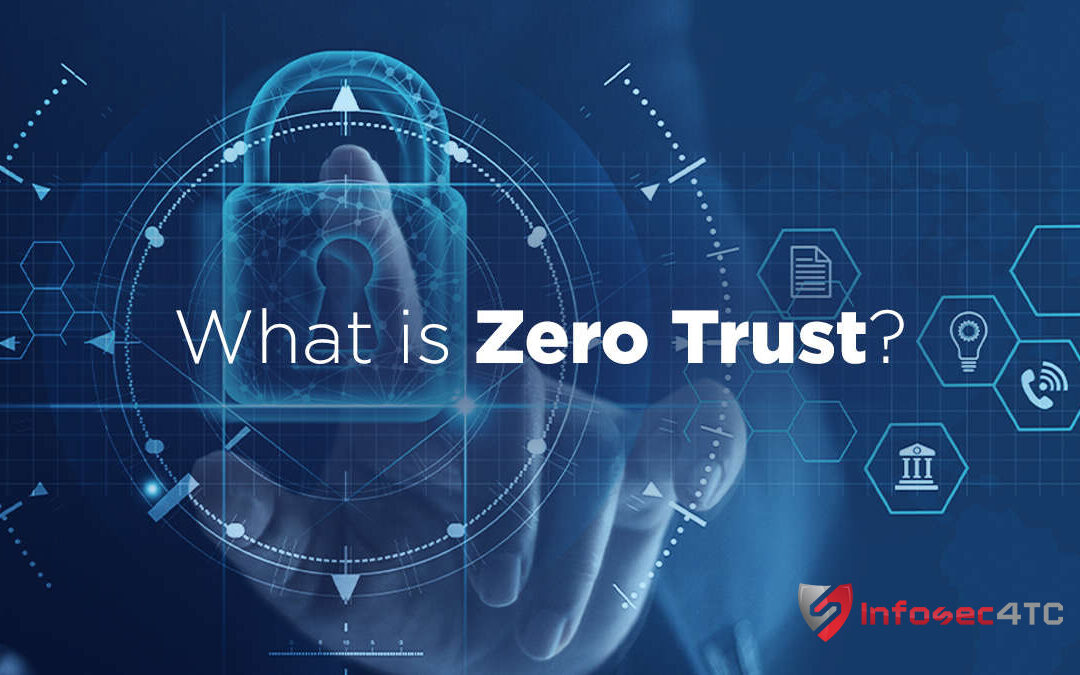The cybersecurity landscape is evolving rapidly, and one of the most significant advancements is the adoption of Zero Trust Architecture (ZTA). As cyber threats become more sophisticated, traditional security models are no longer sufficient. Zero Trust Architecture is transforming how organizations protect their networks, data, and applications.
What is Zero Trust Architecture?
Zero Trust Architecture is a security model based on the principle of “never trust, always verify.” Unlike traditional models that assume everything inside the network is trustworthy, ZTA assumes that threats can come from anywhere. This model requires strict verification for every user and device attempting to access resources, regardless of their location.
Key Components of Zero Trust Architecture
- Micro-Segmentation: Micro-segmentation involves dividing the network into smaller, isolated segments. This limits the lateral movement of attackers and contains breaches, making it harder for threats to spread.
- Multi-Factor Authentication (MFA): MFA is essential in Zero Trust Architecture. It adds an extra layer of security by requiring users to verify their identity through multiple methods before gaining access.
- Continuous Monitoring: Continuous monitoring is crucial for detecting and responding to threats in real-time. By constantly analyzing network traffic and user behavior, organizations can identify and mitigate risks quickly.
- Identity and Access Management (IAM): IAM ensures that only authorized users have access to specific resources. It enforces strict access controls and policies, reducing the risk of unauthorized access.
Benefits of Implementing Zero Trust Architecture
Implementing Zero Trust Architecture offers numerous benefits. It enhances security by reducing the attack surface and minimizing the impact of breaches. By verifying every access request, ZTA ensures that only legitimate users and devices can access sensitive information. This model also improves compliance with regulatory requirements, as it enforces stringent access controls and monitoring.
Challenges and Considerations
While Zero Trust Architecture provides robust security, implementing it can be challenging. Organizations need to invest in the right technologies and expertise to deploy ZTA effectively. It requires a shift in mindset from traditional security models and ongoing efforts to maintain and update security policies. Additionally, ensuring seamless user experience while enforcing strict security measures can be complex.
Zero Trust Architecture and Remote Work
The rise of remote work has accelerated the adoption of Zero Trust Architecture. With employees accessing corporate resources from various locations, ensuring secure access is critical. ZTA addresses the challenges of remote work by verifying every access request and protecting sensitive data from unauthorized access.
Conclusion
Zero Trust Architecture is revolutionizing cybersecurity by providing a robust framework for protecting networks, data, and applications. As cyber threats continue to evolve, adopting ZTA is crucial for organizations to stay ahead of potential risks. By implementing key components such as micro-segmentation, multi-factor authentication, continuous monitoring, and identity and access management, organizations can enhance their security posture and safeguard against sophisticated attacks. Embracing Zero Trust Architecture is not just a trend but a necessary step in the ever-changing cybersecurity landscape.
By focusing on the principles and benefits of Zero Trust Architecture, this article aims to help readers understand its importance in modern cybersecurity. For organizations looking to improve their security measures, adopting ZTA is a proactive step towards a safer digital environment.

